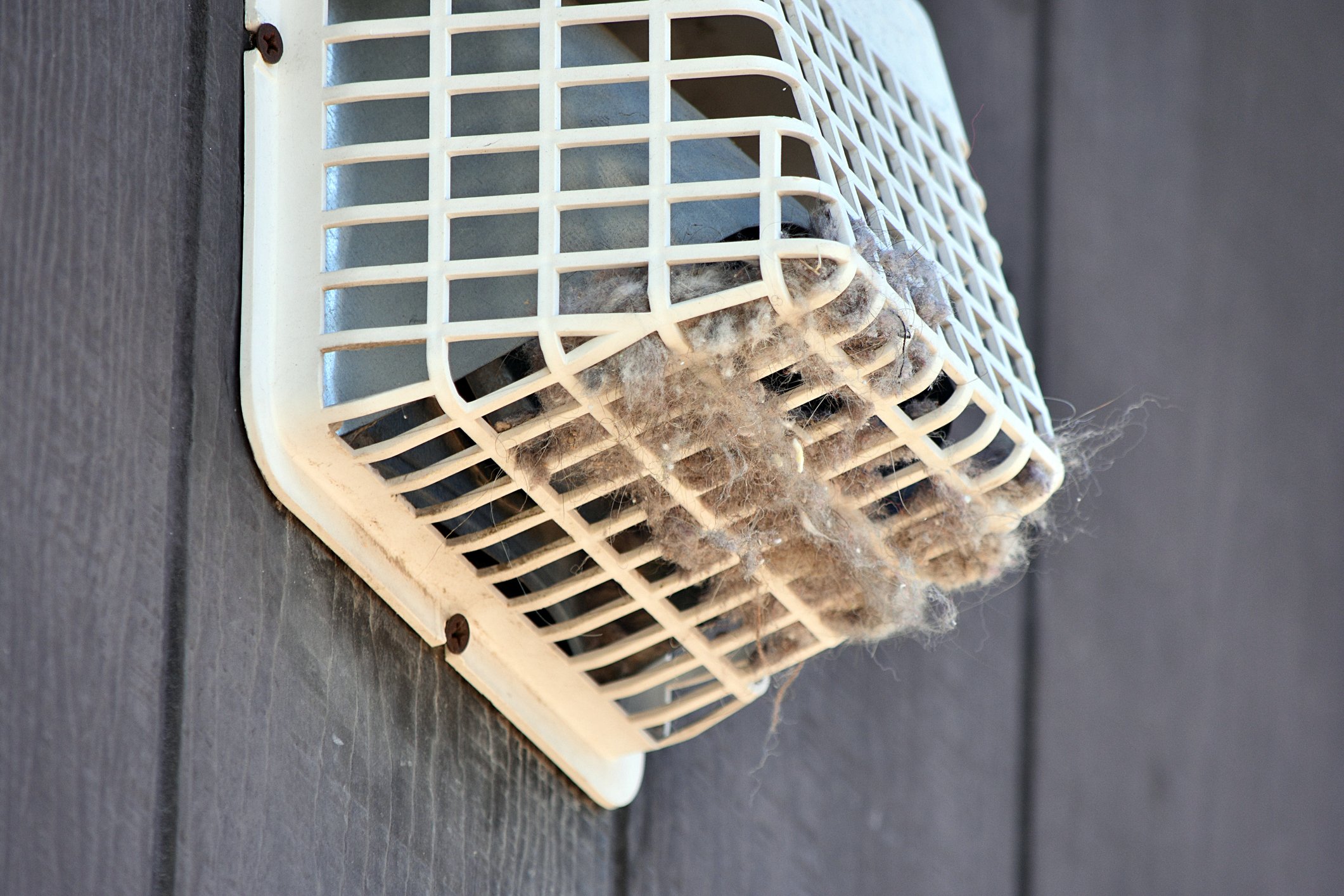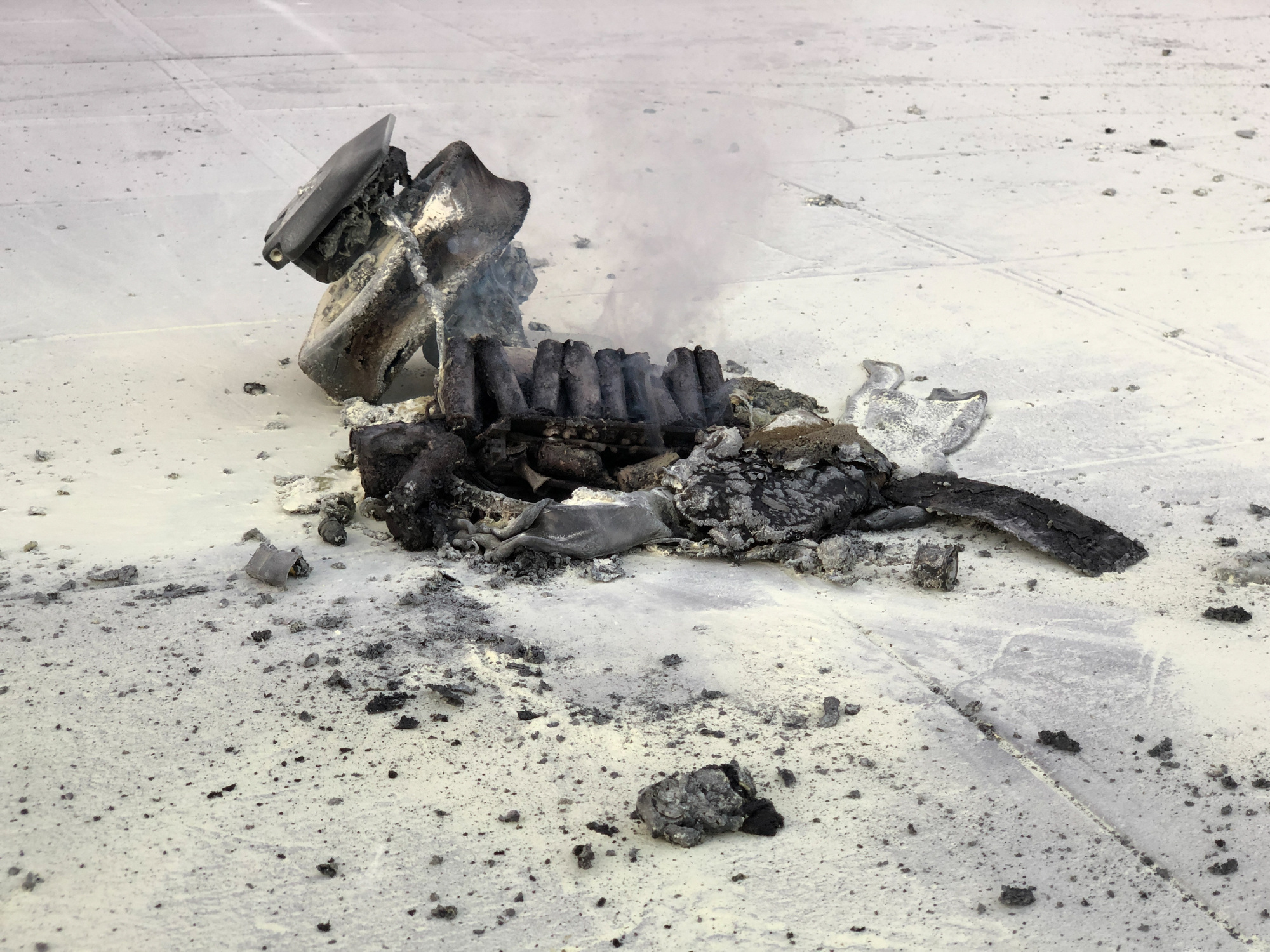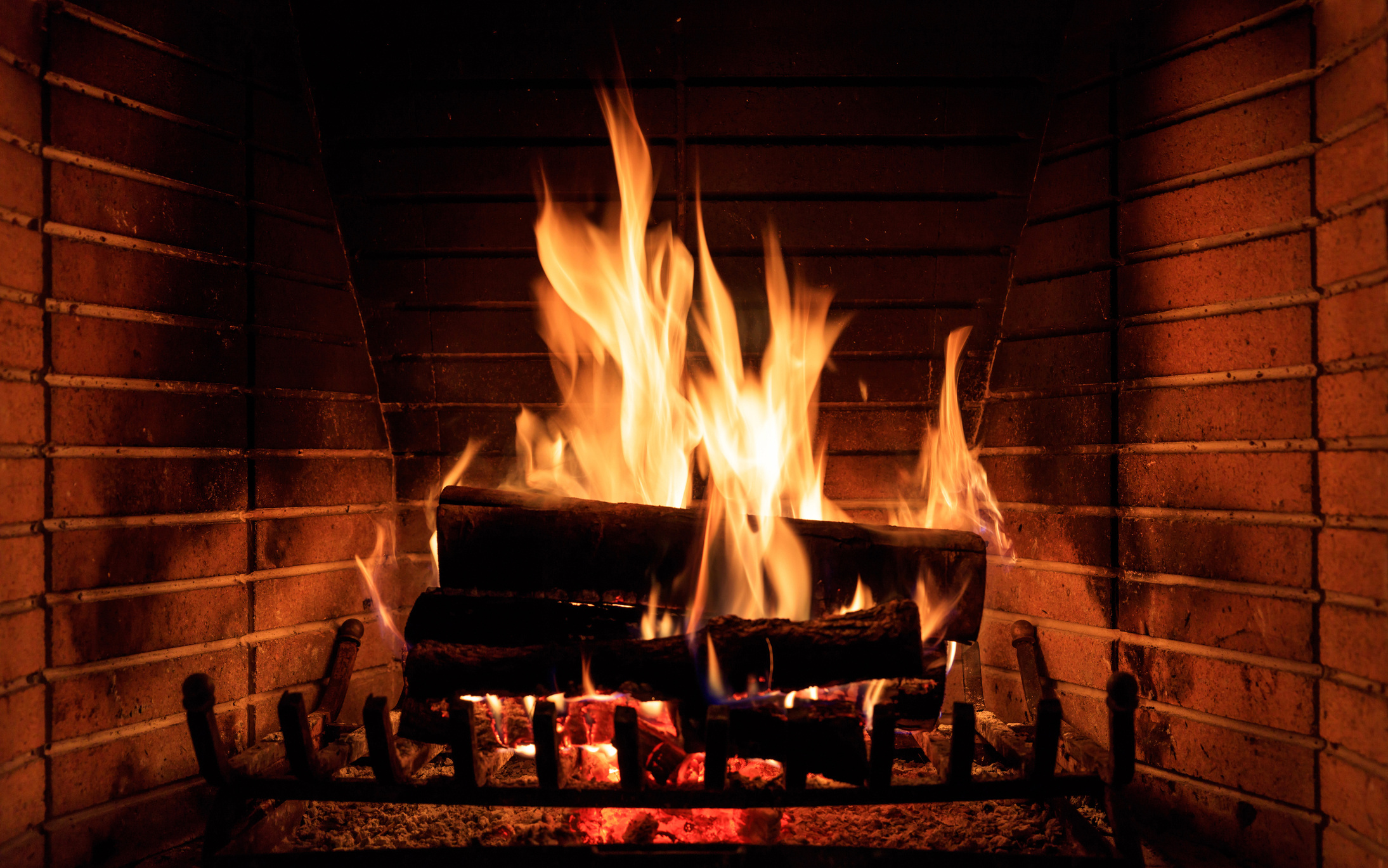Understanding the fire risks and hazards associated with cleaning dryer and bathroom vents may not be at the top of your to-do list, but neglecting these often overlooked areas can pose significant fire risks and hazards to your housing organization.
From 2014 to 2018, local fire departments responded to an annual average of 13,820 residential structure fires in which dryers were involved in the ignition, according to a National Fire Protection Association research report. These incidents resulted in an annual average of seven fatalities, 344 injuries, and direct property damage amounting to $233 million.
Notably, the report found that 32% of dryer fires were attributable to a failure to properly clean the appliance, primarily due to lint accumulation. Furthermore, 27% of dryer fires ignited when dust, fibers, or lint combusted. Mechanical failures or malfunctions were responsible for 27% of these incidents, while 16% were attributed to electrical failures or malfunctions.
Recognizing the significance of regular upkeep and cleaning can help avert potentially life-threatening situations and ensure the longevity of your appliances.
Top Five Factors Contributing to Dryer Fires (2014-2018)
Source: NFPA Home Dryer Fires Research Reporter | 2020
|
Factors |
Number of Fires |
Direct Property Damage |
|
Failure to clean |
4,470 |
$44 million |
|
Mechanical failure/malfunction |
3,970 |
$60 million |
|
Electrical failure/malfunction |
2,270 |
$55 million |
|
Heart source too close to combustibles |
770 |
$15 million |
|
Equipment unattended |
470 |
$15 million |
Hazards of neglected dryer vent cleaning
Dryer vents are crucial in expelling hot air and moisture from your dryer, enabling it to function efficiently. As clothes are dried, lint and other debris accumulate in the vent pipe, gradually obstructing airflow. This blockage can lead to several fire risks:
-
Lint Buildup: Lint is highly flammable and can easily ignite if exposed to high temperatures or an open flame. A clogged dryer vent significantly increases the chances of lint buildup, creating a potential fire hazard.
-
Overheating: When the vent is obstructed, the hot air and moisture cannot escape properly, causing the dryer to overheat. Overheating can damage the heating element, motor, and other internal components of the dryer, further increasing the fire risk.
-
Combustible Gases: Gas dryers have an additional risk associated with them. If the dryer vent is clogged, it can prevent the proper ventilation of flammable gases such as natural gas or propane. Any spark within the dryer can result in an explosion if these gases are trapped.
Hazards of neglecting bathroom vent cleaning
Bathroom vents play a vital role in removing excess moisture, odors, and contaminants from the air within the bathroom. Common causes of bathroom exhaust fan fires include:
-
Faulty wiring
-
Motor overheating (due to running the fan for extended periods)
-
Failing to clean the fan.
Over time, if bathroom vents are not adequately maintained, several hazards can arise:
-
Mold Growth: When bathroom vents become clogged with dirt, dust, and debris, the excess moisture cannot be effectively expelled. This trapped moisture provides an ideal environment for mold growth, which can damage your ventilation system and pose health risks to residents.
-
Reduced Air Quality: A clogged bathroom vent fails to remove the airborne particles, odors, and chemicals that accumulate in the bathroom, resulting in poor indoor air quality and potential health problems such as respiratory issues and allergies.
-
Increased Humidity: A well-functioning bathroom vent helps maintain optimal humidity levels in your home. When the vent is obstructed, excessive moisture from daily activities, such as showering, remains trapped, creating a damp environment that can damage walls, ceilings, and paint, and contribute to the growth of mold and mildew.
How to prevent fire risks and health hazards
Regular cleaning and maintenance of your dryer and bathroom vents are crucial for preventing fire risks and hazards. Periodically inspect the vents for signs of blockage or damage. Pay attention to unusual noises, overheating, or any burning odors. If you notice any issues, immediately disconnect the appliance, if possible, and consult a professional for inspection and repair.
Here are some essential steps to follow:
Dryer vent cleaning/maintenance
-
If you notice reduced drying efficiency or burning odors, bring in a professional dryer vent cleaning service every one to two years or more frequently.
-
Have your clothes dryer installed and serviced by a professional.
-
Clean the lint filter before and after each cycle. Don't forget to clean the back of the dryer—lint can build up.
-
Check the venting system behind the dryer to make sure it isn't damaged, crushed, or restricted.
-
Ensure the outdoor vent covering opens when the dryer is in use.
-
Have the interior of the dryer and venting system serviced and cleaned periodically by a qualified service technician, especially if it's taking longer than usual for clothes to dry.
-
Have gas-powered dryers inspected by a professional annually to ensure the gas line and connection are intact and free of leaks.
-
Ensure the correct electrical plug and outlet are used and the dryer is connected correctly.
-
Check periodically to ensure nests of small animals and insects aren't blocking the outside vent.
-
Keep the area around the dryer clear of items that can burn.
-
Unplug or disconnect the dryer if you'll be away from home for an extended time.
-
Don't use the dryer without a lint filter or a loose, damaged, or clogged filter.
-
Don't dry anything containing foam, rubber, or plastic (such as a bathroom rug).
-
Don't dry any item for which manufacturers' instructions state, "dry away from heat."
-
Don't dry items that have come into contact with flammable substances (e.g., alcohol, cooking oils, or gasoline). Instead, dry these items outdoors or in a well-ventilated room away from heat.
Bathroom vent cleaning/maintenance
-
Clean the bathroom vent cover regularly and remove any visible dust or dirt.
-
Use a vacuum or brush to clean inside the vent and ensure the airflow is unobstructed.
-
Bathroom exhaust fans should not be used for prolonged periods and should be turned off when you leave the house. The optimal time to run your bathroom exhaust fan is 15-20 minutes.
-
Consider installing a twist-on timer switch that will turn the fan off automatically after a few minutes.
-
Swap out incandescent light bulbs with low-heat, energy-saving LED light bulbs. These bulbs will decrease the electric load placed on the circuit and the exhaust fan, which can help to reduce the risk of a bathroom fire.
-
Consider professional cleaning or mold remediation if you notice excessive dust or mold growth.
Bottom line
These simple preventive measures can significantly reduce the fire risks and hazards associated with clogged dryers and bathroom vents. Regular cleaning, inspection, and professional maintenance will keep your residents safe and extend the lifespan and efficiency of your organization’s appliances. Prioritizing the often-overlooked task of vent cleaning will deliver peace of mind and a safer living environment.
This article is for general information only. HAI Group makes no representation or warranty about the accuracy or applicability of this information for any particular use or circumstance. Your use of this information is at your own discretion and risk. HAI Group and any author or contributor identified herein assume no responsibility for your use of this information. You should consult with your attorney or subject matter advisor before adopting any risk management strategy or policy.







